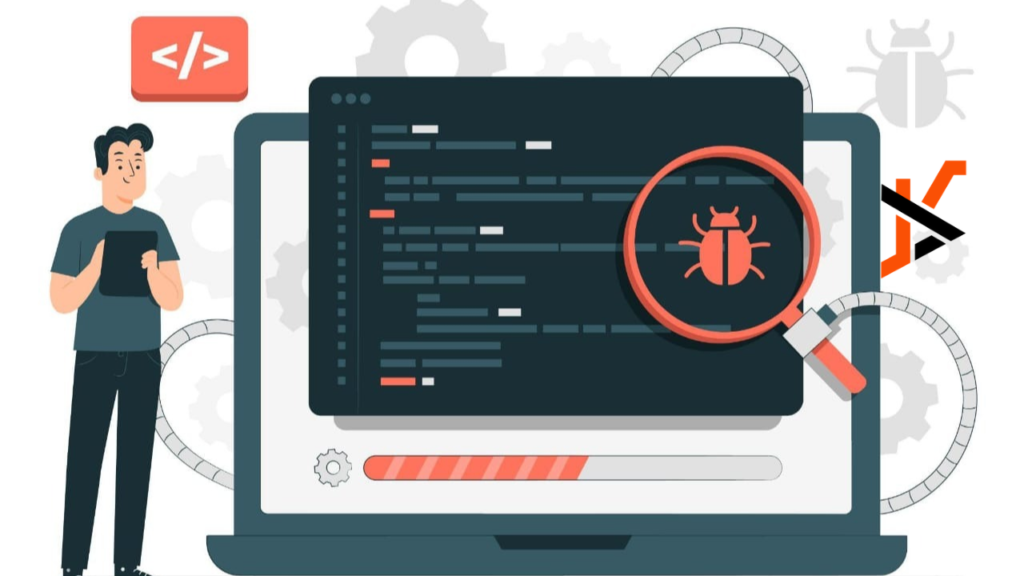Website testing is a structured, sequential system of processes designed to ensure functionality, usability, and security. However, various contingencies arise when testers encounter obstacles, leading to additional costs and reduced testing efficiency and effectiveness. This guide strongly recommends reading about the challenges of testing and how to overcome them. Let’s start over.
Performance testing
Performance testing is a software testing system that determines an application’s responsiveness, stability, and responsiveness under a given load. The process includes such performance indicators as:
- Browser, page and network response time;
- Server request processing time;
- Simultaneous user support;
- CPU memory consumption: number and types of errors that may occur in the program.
This is an essential step in testing because it ensures the quality of the software.
Solution
- Choosing the wrong performance testing tools
To overcome this challenge, thorough research should be conducted to understand the project requirements and choose the tools that will meet those needs.
- Lack of proper testing strategy and test coverage
It is necessary to have clear test objectives and a structured test plan covering various aspects of application performance, including load and scalability testing.
- Time and budget constraints
To mitigate these constraints, you should prioritize website testing based on critical features and potential risks, implement effective testing methodologies, communicate with project stakeholders to obtain necessary resources and adjust timelines. Find tips and cases for successful website testing at this link.
Usability testing
Usability testing evaluates a product or system while users interact with a website or application. This type of testing helps identify usability issues and gather feedback from users, eventually leading to flaws and improvements to the overall user experience.
Solution
Usability testing requires test artifacts for test planning and design and provides various outputs that can help improve the software’s overall performance.
- Usability test plan
To create a solid foundation, you must define specific goals and develop a detailed inspection plan. This phase begins the testing process, which provides a framework for organization, focus, and alignment with project goals.
- Selection of the appropriate methodology
Once you have your testing framework in place, the next important step is to choose an appropriate methodology that should match your testing goals and resources.
- Carrying out a usability testing session
This phase will provide critical understanding through direct interaction with participants. To obtain quality results, the session must be carried out carefully.
- Data collection and analysis
Accordingly, this process is considered final, as feedback from test participants is collected to obtain and transform information, eliminating defects and improving product quality.
UI Testing Challenges
User interface (UI) testing ensures that your app’s interface meets the expected design, functionality, and usability criteria.
Solution
- Prefer codeless testing of automation tools. These tools are script maintenance techniques that save testers time and money;
- Select common UI elements to simplify the UI testing process;
- Use of object repositories. Minimizing user interface test cases in the initial testing stages will help achieve successful results and allow you to increase their number gradually;
- Support the best test automation practices at the standard organizational level.
The Issue of Security
Security testing identifies vulnerabilities in your system and ensures that your data and system resources are protected from attackers.
Bad situations arise when irresponsible and error-prone testing is performed, resulting in system failure, so these errors can not be exposed to vulnerabilities that attackers can exploit. Failure to identify and address security issues during testing can have serious consequences after deployment. Overcome security automation challenges by following these guidelines:
Solution
- Conduct a thorough security risk assessment to identify potential vulnerabilities;
- Use security testing techniques such as penetration testing and vulnerability scanning;
- Use secure coding practices and adhere to industry standards;
- Regularly update and patch software components to address vulnerabilities.
Short development cycles
The Software Testing Life Cycle (STLC) is a systematic approach to software testing that ensures that software meets requirements and is error-free. It is used to provide high-quality and reliable software and meet the needs of end users.
Solution
- Analysis of requirements. This stage demonstrates the initial familiarization with the project and the agreement of its requirements;
- Testing planning. At this stage, the testing schedule and cost of work are planned;
- Design and development of test cases. This QA phase outlines their structured tests, including the methods needed to facilitate these tests;
- Setting up the test environment. A test environment provides parameters that testers must access to to report errors and test the application’s architecture. These elements are necessary for them to do their jobs;
- Execution of the test. Testers perform all test cases as much as possible during the specified period;
- Closing the test cycle is considered the final testing stage, as it summarizes and evaluates the test.
Conclusion
Some of the most common automation problems when testing websites have been discussed, and we can conclude that you need to be prepared to deal with various unforeseen situations. However, continued efforts in this direction and the concentration of testing specialists will ensure that websites are secure, usable, easy to use, and have significant success in future applications.

